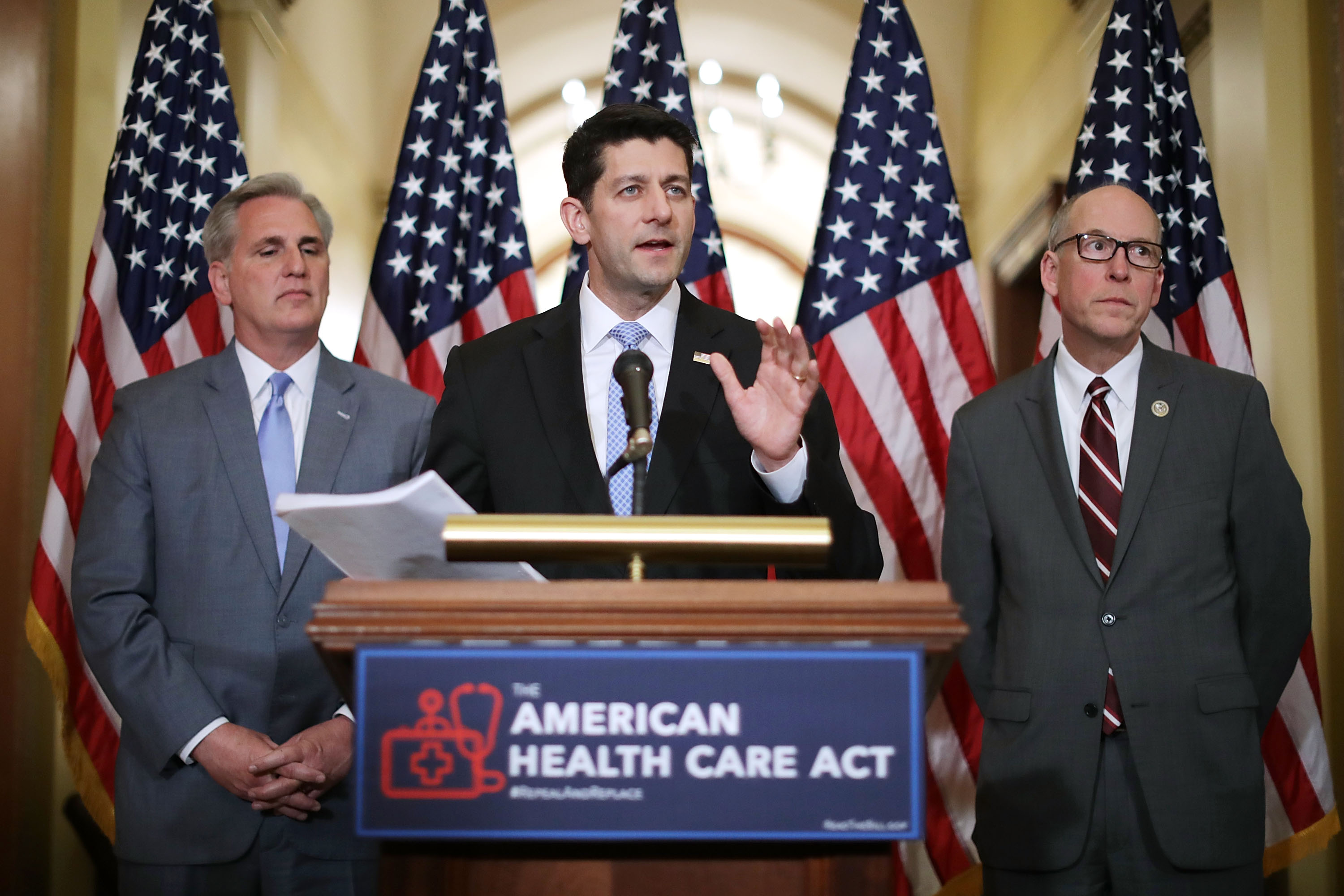

By 2026, the annual cut in federal spending would rise to $150 billion, a reduction of 24 percent, relative to current law. According to CBO, the increase in the number of uninsured would be disproportionately larger among people aged 55-64 with income less than 200 percent of the federal poverty line.įederal Medicaid spending would be cut by $834 billion or 16.7 percent over the next ten years, relative to current law, due to the effective elimination of the Medicaid expansion and conversion of Medicaid to a per capita cap or block grant. (See Figure 1.) This means that, by 2026, the historic coverage gains expected under the ACA would be eliminated and the resulting uninsured rate among the non-elderly would be the same as the 2010 level. By 2026, the number of uninsured would increase by 23 million - or 82 percent higher than under current law. That number would further rise to 19 million by 2020. In 2018, the number of uninsured would rise by 14 million, relative to current law.


The bill would also allow states to drop the bar against insurers charging older people more than three times what they charge younger people. The House bill would permit states to eliminate critical ACA market reforms and consumer protections including the prohibition against insurers charging higher premiums to people based on their health status or pre-existing conditions, and the requirement that insurers cover essential health benefits like prescription drugs and mental health treatment. It would also repeal the ACA’s marketplace tax credits and subsidies in 2020, substituting a highly inadequate tax credit, and immediately end the ACA’s individual and employer mandates to buy and provide health coverage, respectively. The bill - known as the American Health Care Act (AHCA) and which the House passed on May 4 - would effectively end the ACA’s Medicaid expansion and radically restructure Medicaid by converting virtually the entire program to a per capita cap or block grant starting in 2020. It also means that the bill would still reverse all of the historic coverage gains achieved since the ACA was enacted in 2010. This means the bill would result in nearly the same number of people losing their health insurance coverage as under earlier versions of the bill. The bill would still reverse all of the historic coverage gains achieved since the ACA was enacted in 2010. Consistent with prior estimates, the House Republican health bill to repeal the Affordable Care Act (ACA) would cause 23 million people to lose coverage by 2026 and drive $834 billion in federal Medicaid cuts over the next ten years, the Congressional Budget Office (CBO) found today.


 0 kommentar(er)
0 kommentar(er)
